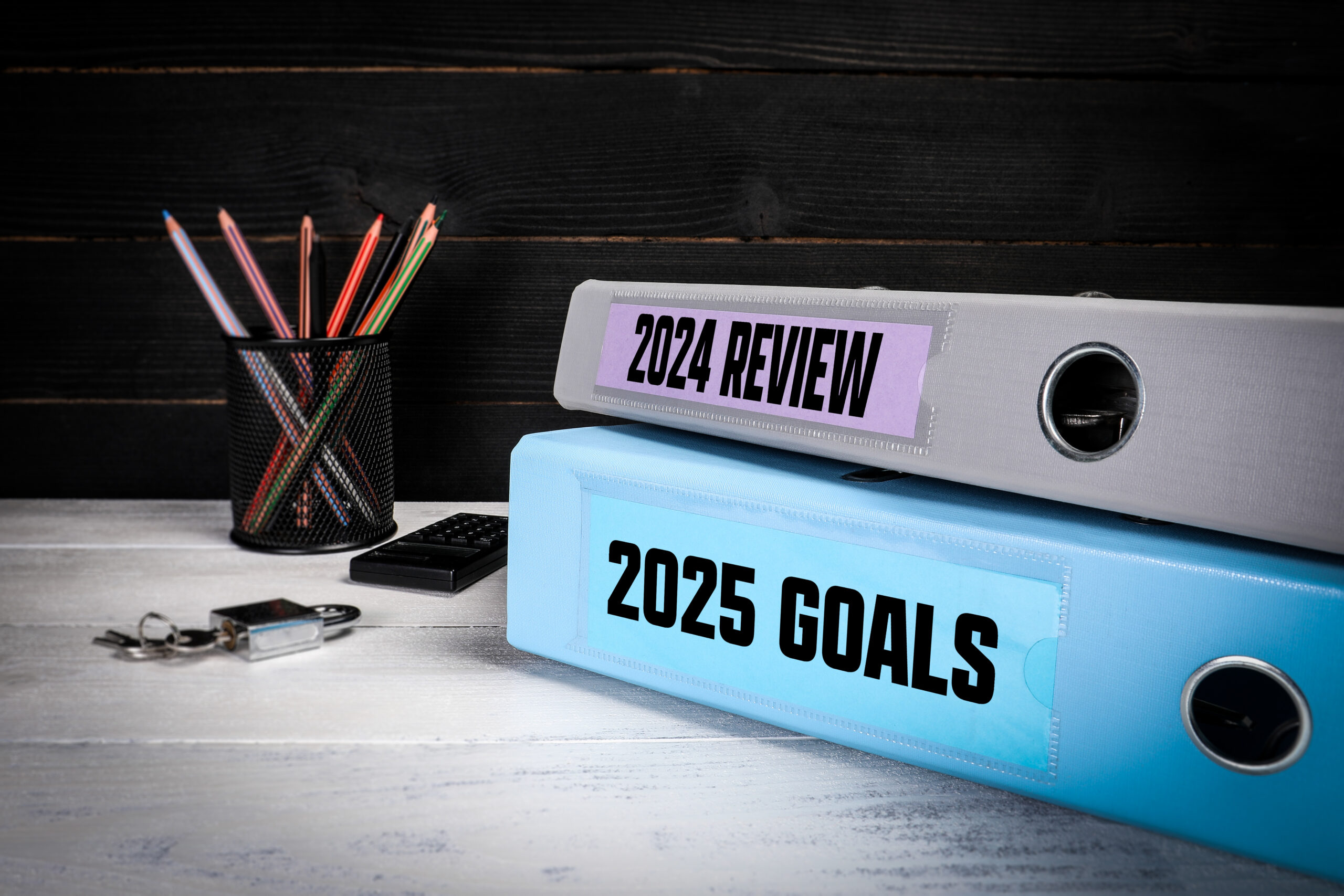With the new year here, it’s time to reflect on your marketing efforts and set strategic goals for 2025. But before jumping into future planning, take a step back and analyze what worked and didn’t in 2024. Learning from your past performance will help you create marketing goals that are realistic, actionable, and impactful.
Reflect on the Previous Year
The first step in setting meaningful goals is reviewing your marketing metrics from 2024. Identify campaigns that delivered excellent ROI, as well as those that underperformed. This analysis gives you a clear picture of what to prioritize moving forward.
A CRM is beneficial because it provides a central location for your data points, such as insights from your email marketing audience. For instance, if your social media campaigns generated significant engagement, you might increase your investment in social content for 2025. On the other hand, if your email open rates were consistently low, a goal could be to revamp your email strategy by experimenting with new subject lines, segmentation, or design templates.
Use Data to Inform Your Goals
Your 2025 goals should be based on data rather than assumptions. Analyze website traffic, conversion rates, customer acquisition costs, and retention rates to uncover trends and opportunities.
For example, if you saw a spike in website traffic but a low conversion rate, you could set a goal to optimize your landing pages. A concrete objective might be this: “Improve landing page conversion rates by 15% by Q2 through A/B testing and more compelling call-to-actions.” Using data ensures your goals are targeted and relevant.
Set SMART Goals
Setting goals isn’t just about dreaming big; it’s about creating an actionable plan. Specific, Measurable, Achievable, Relevant, and Time-bound SMART goals give your plans structure and focus.
Instead of saying, “We want more leads,” craft a SMART goal like: “Increase qualified leads by 20% in Q1 by implementing a lead magnet campaign and optimizing call-to-action placements.” SMART goals ensure you’re working toward outcomes you can measure and achieve within a realistic timeframe.
Align Goals with Business Objectives
Your marketing goals should directly support your broader business objectives. Consider what your organization wants to accomplish in 2025 and tailor your marketing strategy accordingly.
For example, if your company aims to expand into new markets, your marketing goal might be to increase brand awareness in those regions. You could achieve this by launching a targeted paid ad campaign or creating localized content that resonates with the new audience.
Stay Flexible
While planning is essential, it’s important to remain adaptable. The business landscape can shift unexpectedly, and staying flexible allows you to adjust your goals and strategies.
For instance, if a new social media platform gains traction mid-year, evaluate its potential for your brand and consider reallocating resources to tap into the trend. Flexibility ensures that your marketing efforts remain competitive and aligned with evolving opportunities.
The Path to 2025 Success
Setting marketing goals for 2025 starts with understanding where you’ve been. Reflecting on 2024’s successes and challenges, leveraging data-driven insights, and aligning your goals with larger business objectives will set the stage for a successful year ahead. Remember to stay adaptable and prepared for new opportunities as they arise.
What are your top marketing goals for 2025? Share them with us—we’re here to help you turn those goals into achievements!
